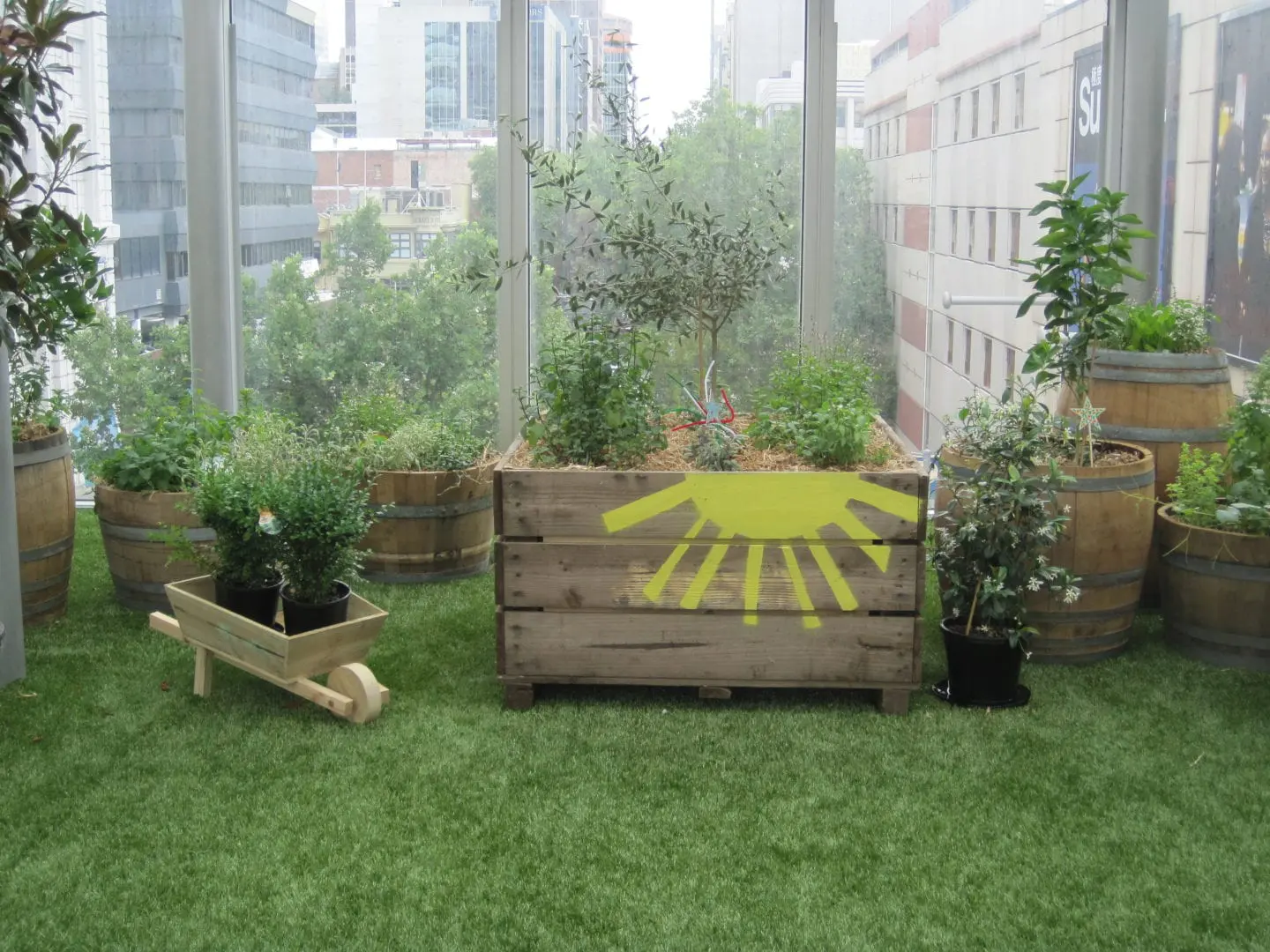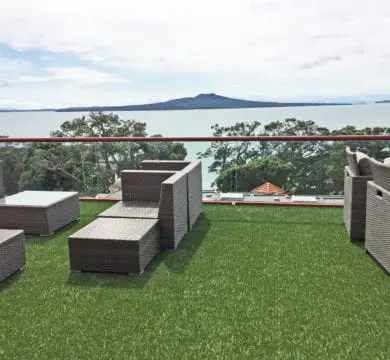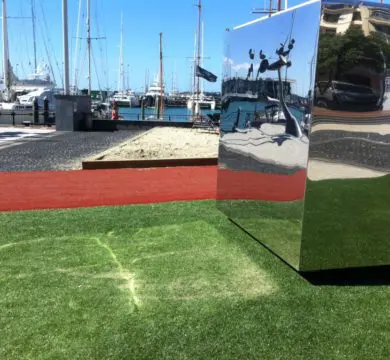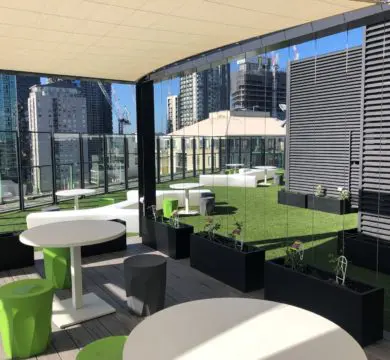
In many of our fast-growing cities land is at a premium, sometimes the only way to go is up. A rooftop recreation area can provide a much-needed break from urbanity: an oasis in the heart of the city.
Atop residential homes, rooftop spaces are like secret extensions to the house. For both residential apartments, commercial businesses, or entertainment businesses like bars or shopping malls, rooftops make a popular break-out space.
With some attentive design, a rooftop can be made the defining feature of a building. They offer a huge scope of recreational opportunities – dining, exhibitions, live music, and much more can take place atop a roof.
The best part? Well, it’s usually the view.

The rooftop recreation space should be an extension of your lifestyle or the style of the building. No matter what it’s being used for, it’s important to get the mood and atmosphere of the space just right.
In this article, we will walk you through the main things to consider when decorating your rooftop recreational area, and how synthetic grass can be a welcome and sophisticated addition to your design.
Read more about installing artificial turf on rooftops here
The way your rooftop recreation area will look depends on what you’ll be using it for. Is it for action, relaxation, or both? Is it for eating, for dancing, for playing, or all of the above? Knowing the use is key to specifying the correct turf to do the job and go the distance.
Some design aspects will hold true no matter what you’re using the space for. Plants and greenery, for example, are an absolute must.
Creating different rooftop zones
It’s unlikely that you’ll be using the rooftop space for one purpose only. Perhaps you want it primarily for lawn games, like petanque and mini-putt, but you’ll also need an area for downtime.
You can create different ‘zones’ by playing around with materials and heights, based on how you intend the space to be used. You might be surprised by how many zones you can create, even with a small area.
Insert image of mixed application grass types, maybe short pile putting green surrounded by long-pile landscape turf.
There are many things to consider when it comes to flooring on a rooftop:

If you like a natural wood look, why not combine traditional decking options with grass for a complete outdoor look.
If you want to maximise the greenery, artificial grass is the way to go. It’s easily installed (not to mention provides great drainage if installed correctly), it’s weather-resistant, and it’s easy to maintain.

Using artificial turf on your rooftop also gives you the opportunity to include additional features, like a golf putting green or other lawn games.
You don’t have to pick just one – flooring materials are a great way to delineate zones. You might combine wood flooring with artificial grass to separate a dining area from a recreation zone.
Typical landscape or lawn grass tends to be longer pile, more realistic looking, and making the space look very appealing. Ideal as a surface for chilling but not ideal if the plan is to use the space as an exercise area. In this instance, a short pile dense product will wear better, be better to exercise on, and show less signs of flattening and wear and tear over time.
Shade is a must in a rooftop environment. The roof may be your best opportunity for access to the outdoors, but it’s important to make sure you’re protected from the sun and the heat.
Plenty of options exist to add shade to a rooftop. If you want to be able to transform the space from day to night in a jiffy, umbrellas are an excellent solution. Another idea is to create a framing structure that shade cloths, curtains, or string lights can be hung from.
Other ways to create shade include:

Human beings have an innate need for green spaces – that’s why cities often have parks amid their concrete and man-made structures.
A rooftop doesn’t suit just any plant. You’ll need to choose trees and plants that can hold up through different weather conditions. Choose plants that happily exist outdoors – any beach plants, for example, make good options.
Top tips for adding greenery to your rooftop area:

Lighting your rooftop recreation space isn’t an issue during the day, but at night, clever lighting can be nothing short of transformative.
Top tips for rooftop lighting:
Make your rooftop pop!
Depending on the mood you aim to set, include some elements that set the rooftop apart from the main building. You might add a hammock, a special coloured light, a sculpture, or a water feature.
Including a games area – like a lawn games zone, or an artificial putting green – will add an air of fun and playfulness to the rooftop space. You can install artificial turf in this space that has game lines painted on them or are colour-coded.
Rooftop areas in the winter months
Who said your rooftop area is only usable in the summer? With some forward planning, you can equip your rooftop recreation space to be just as enticing in the cooler months.
Create a cosy atmosphere by adding an element of shelter from the weather – some of the same things that can be used for shade can also be used to protect you from rain.
A fireplace or fire pit is an excellent addition to your rooftop. It ensures access during winter, but also when the evening temperature drops in the warmer months. Be careful to ensure suitable non-flammable base of tiles, slate, or concrete around your brazier and before your turf.
To truly winter-proof your rooftop, keep a stash of blankets and hot water bottles up there, as well as a kettle to fill them.
If you want to get extravagant with your winter rooftop, install a hot tub or spa bath. There’s nothing quite like having a nice warm soak while it’s raining!
Winter is when things might get weather damaged or slippery, so it’s extra important to choose anti-slip flooring. Of course, we recommend artificial turf (it just ticks all the boxes), but you could also combine turf with outdoor, anti-slip wood.
A rooftop recreation area makes for an adventurous addition to your home or commercial building.
Some elements just make sense, because they have more than one function:
If you’re ready to create an epic rooftop recreation area, get in touch with our team to bounce some ideas around.





